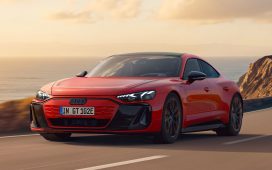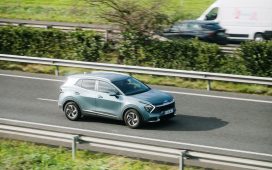Together, Bez and Reichman and their teams devised an action-packed model plan – and a building plan for Gaydon.
Early on they set about devising a high-performance DBS (from what Reichman describes as a “rough-arsed” DB9 concept called Black Betty) just as the late Cubby Broccoli, legendary producer of the Bond films, decided to put the master spy back into an Aston. The DBS was tailor-made for the job.
Life at Aston through the Bez years wasn’t easy (“I learned a lot about diplomacy,” says Reichman), but the company had greatly revised and expanded its models and capability by the time the CEO announced his retirement in 2013 as he turned 70, and it had also produced one of its greatest cars, the £1.15 million One-77, of which only 77 were to be built
Like many, Reichman believes that car really hit a sweet spot – and if you ask him to list his favourite Astons, it’s probably the first he will mention.
Aston previously had a tradition of making low-volume, super-expensive models – usually to fend off bankruptcy – but the One-77 was undoubtedly the most successful.
It had a unique face (the convex grille, in an era of small grilles, covered 60% of the front of the car), and the haunches were almost unbelievably dramatic.
Even critics agreed the proportions were almost perfect. Reichman is careful about stealing Ferrari’s thunder, but he believes you can look at a One-77 much as you do Ferrari’s icon, the 250 SWB.
“You know when you’re creating a special car,” he says. “You can feel it’s going to last. But ‘timeless’ isn’t quite the right expression for the quality it has. It’s more like ‘beautiful forever’.”
If it was so successful, I ask, how come you never did something similar in successive cars, the way other designers do? Reichman laughs.
“Well, in design you have a kind of wardrobe of things you can use. But if you use the same stuff all the time, it soon starts looking old. And in my book, the appearance of a new product can only be about the future,” he says.










